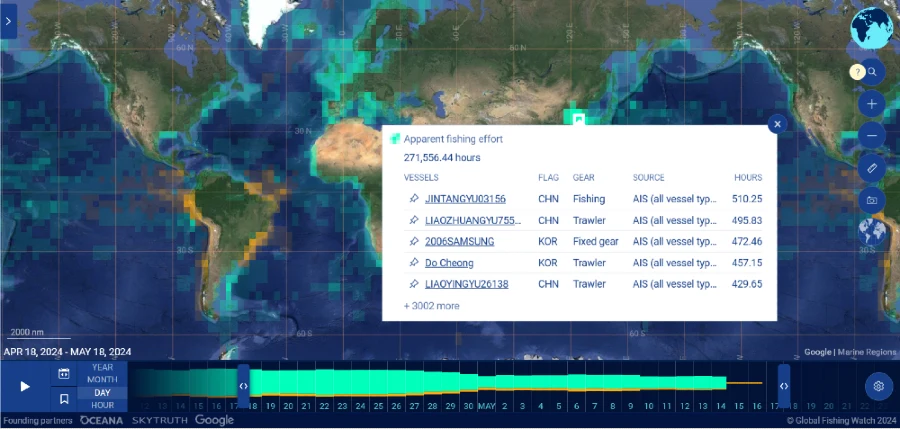Climate change isn’t waiting. As we fight to curb emissions and keep global warming below 1.5 degrees Celsius (that’s 34.7 degrees F for us Americans), technology steps in as a powerful ally. From AI to cloud computing, here are ten groundbreaking climate solutions making waves in 2024.
- AI Reducing Carbon Emissions from Aviation
AI isn’t just about automation. Meet EMMA (Environmental and Movement Monitoring for Airports), a cloud-based AI platform revolutionizing air travel by cutting unnecessary taxiing time. With the average taxi time for flights at over 16 minutes for departures and nearly nine for arrivals, the fuel wasted is enormous. By predicting delays and disruptions, EMMA helps reduce taxiing time, slashing carbon emissions significantly.
- AI for Ocean Health

- Grid Transition Assistance
Reactive Technologies uses cloud computing to stabilize grids transitioning to renewable energy. Their GridMetrix system measures stored energy and system strength, allowing operators to respond instantly to fluctuations. This technology ensures grid stability and integrates more renewables safely and efficiently.
- Measuring Reforestation Success
IBM and NASA’s AI partnership interprets satellite data to assess the effectiveness of reforestation efforts in Kenya’s water towers. This technology helps determine the best conservation tactics, providing clear evidence of progress and motivating further investment in sustainability projects.

- Smart Agriculture
Agriculture is getting a tech upgrade. Companies like Agrivi use AI to optimize farming practices, reducing water use and increasing crop yields. These technologies help farmers adapt to climate change, ensuring food security while minimizing environmental impact.
- Carbon Capture Innovations
Carbon capture technology is evolving. Companies like Climeworks are developing more efficient methods to capture and store carbon dioxide from the atmosphere. These advancements are crucial for mitigating the impacts of climate change by reducing the overall carbon footprint.

- Predicting Flash Floods
IBM and the University of Illinois have developed an AI model to predict flash floods with greater accuracy. Starting in the Appalachian Mountains, this model aims to provide early warnings, saving lives and infrastructure. If successful, this technology could be applied globally, enhancing disaster preparedness.
- Peak Power Use Management
Logical Buildings’ GridRewards app and SmartKit AI software empower users to avoid peak energy use times, reducing the need for carbon-heavy peaker power plants. These plants emit far more carbon than base load plants. By shifting energy use to when renewables are abundant, Logical Buildings helps users cut emissions and costs.

- AI in Waste Management
Waste management is getting smarter. AI-driven robots like AMP Robotics sort recycling with higher accuracy than humans. This technology reduces contamination in recycling streams, increasing the efficiency of recycling processes and reducing landfill waste.
- Energy-Efficient Buildings
AI-powered systems like those from BrainBox AI optimize building energy use, reducing consumption and emissions. By learning from usage patterns, these systems adjust heating, cooling, and lighting to save energy without compromising comfort.
More To Discover
- Climate Change vs. America’s $253 Billion Fishing Industry: Senate Hears From Experts
- DOE Analysis Reveals Geothermal Heat Pumps Are A Key to a Sustainable Future
- Lego’s Environmental Pivot: The Company Is Facing The Harsh Realities of Sustainable Plastics And Taking A Stand Against Greenwashing
- Study Discovers Half of Europe’s Caviar to Be Illegal and Mislabeled; Some Isn’t Even Caviar
Moving Forward
Technology isn’t a silver bullet, but it’s a powerful tool in the fight against climate change. As these solutions continue to evolve, they offer hope for a more sustainable future. Embracing AI and other technologies could be our best bet to protect the planet for generations to come. Keep an eye on these innovations in 2024; the future of our climate may depend on them.



















